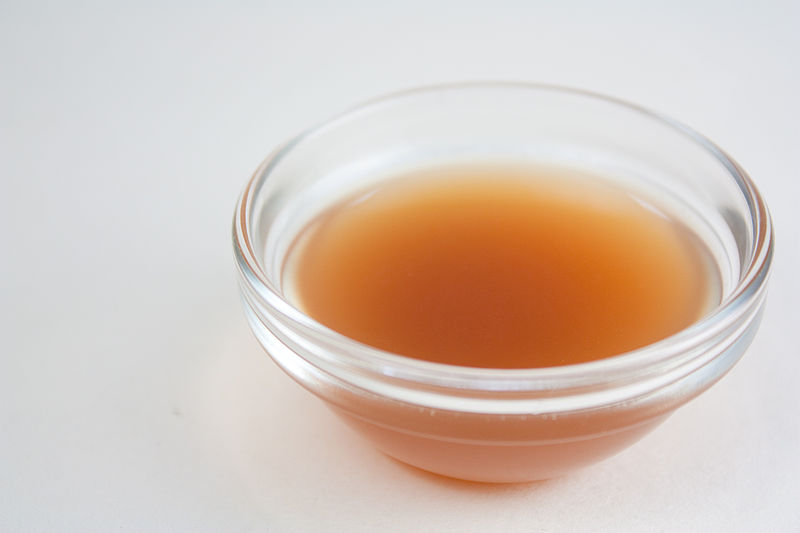Question: Does vinegar kill mold?
Answer: Vinegar is mainly used for cooking or other food related uses. However, the popularity of vinegar as a cleaning agent has steadily increased over recent years. Just go on Pinterest and you will find numerous uses for vinegar as a cleaner. You probably could spend a good portion of your day listing the ways to use vinegar as a household cleaner.
While vinegar makes a good general cleaning solution, how well does it perform when used to kill mold? We all have likely battled various forms of mold in our life. It is known to creep in damp places like basements, showers, and sinks. The natural step for some is to grab a pricey mold cleaner, spray the infested area, and hope for the best. The thought of a cheap product like vinegar to kill mold probably isn’t even considered for most people.
Vinegar makes a decent cleaner because of its acetic acid content. Store bought vinegar contains approximately 5 percent acetic acid. Cleaning vinegar contains slightly more. This acid is strong enough to kill off a large portion of bacteria or microbes.
When it comes to mold, it is estimated that vinegar will kill about 80 percent of the existing varieties. It is not the best solution to kill mold, but it is natural one if you buy distilled grain vinegar. Avoid vinegar made from synthetic ethyl alcohol, which the FDA actually currently allows, if you wish to keep things green.
Using Vinegar To Kill Mold
Vinegar is super cheap. It will likely cost you less than a dollar to clean a couple square feet. Here is how to use vinegar to kill mold:
- Buy a spray bottle if you don’t have one. Home Depot and Lowe’s sell all-purpose spray bottles for less than $2.00. I recommend picking up two or three. They are good to keep around the house.
- Directly pour the vinegar into the spray. You want the spray bottle to contain 100 percent vinegar. Do not water it down.
- Wear gloves to avoid potential direct contact with the mold and the vinegar. While vinegar is usually natural, it can irritate the skin with excessive exposure.
- Spray the moldy area liberally with the vinegar. You want to make sure the mold receives a nice dose of vinegar to enable it to break down.
- Let the vinegar sit on the mold undisturbed for about 35-45 minutes. This will allow time for the vinegar to work into the mold.
- Rinse the moldy surface with water and wipe any residue away with a cloth. Depending on the extent of the mold, you may want to use a cleaning brush to thoroughly scrub the surface free of mold.
Note that the U.S. Environmental Protection Agency (EPA), does not indicate to use vinegar for mold cleanup. They recommend scrubbing the moldy surface with detergent and water while letting it dry completely. They state that porous materials like carpet should be discarded if infested by mold. These materials are difficult to clean and likely impossible to remove all of the mold from hidden areas.
Remember that all molds can potentially be harmful, but they can easily be controlled by minimizing the amount of moisture in your home. Mold grows and thrives in moist areas. It should not be a concern if moisture levels are kept in check and your home is properly ventilated.



